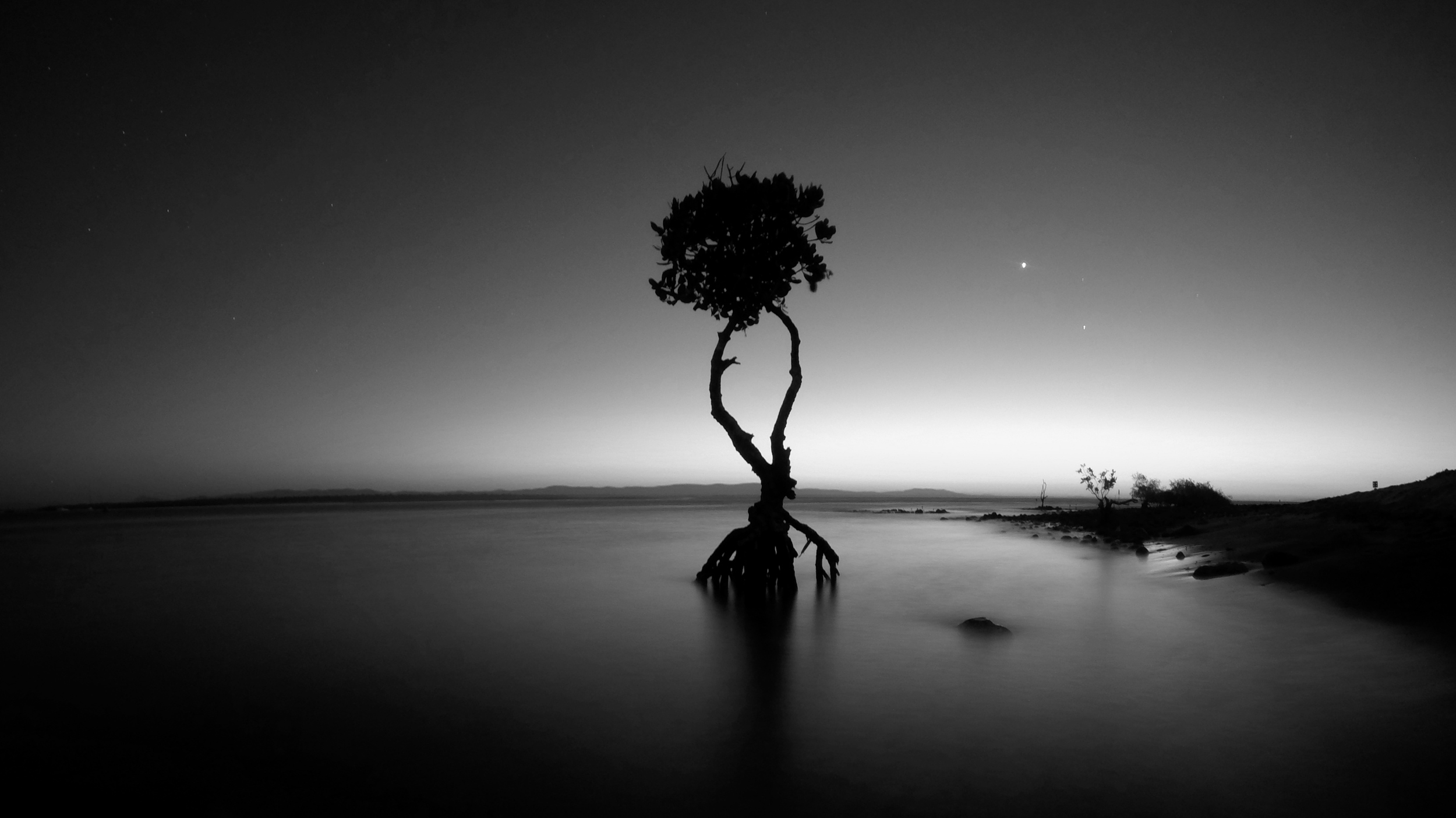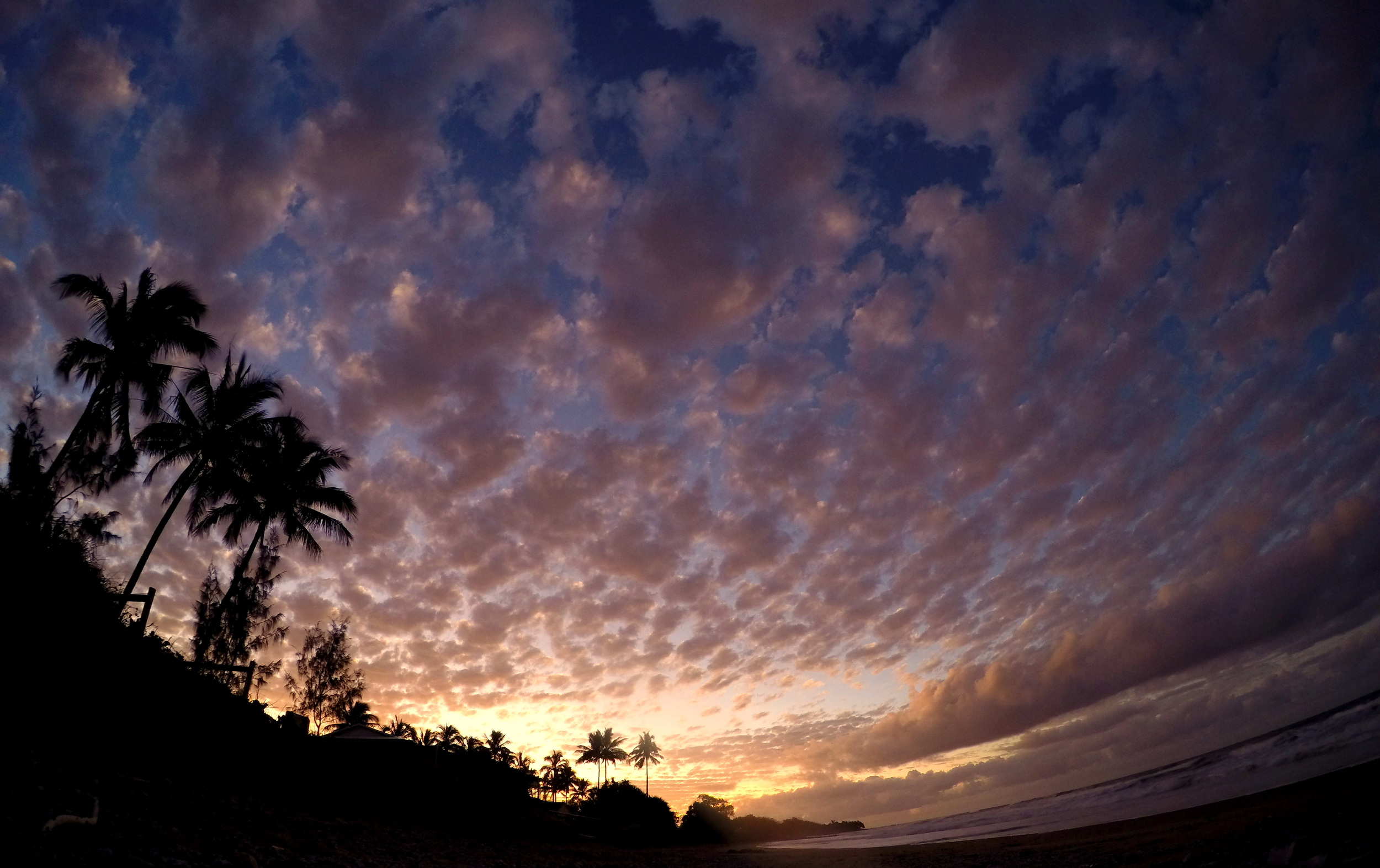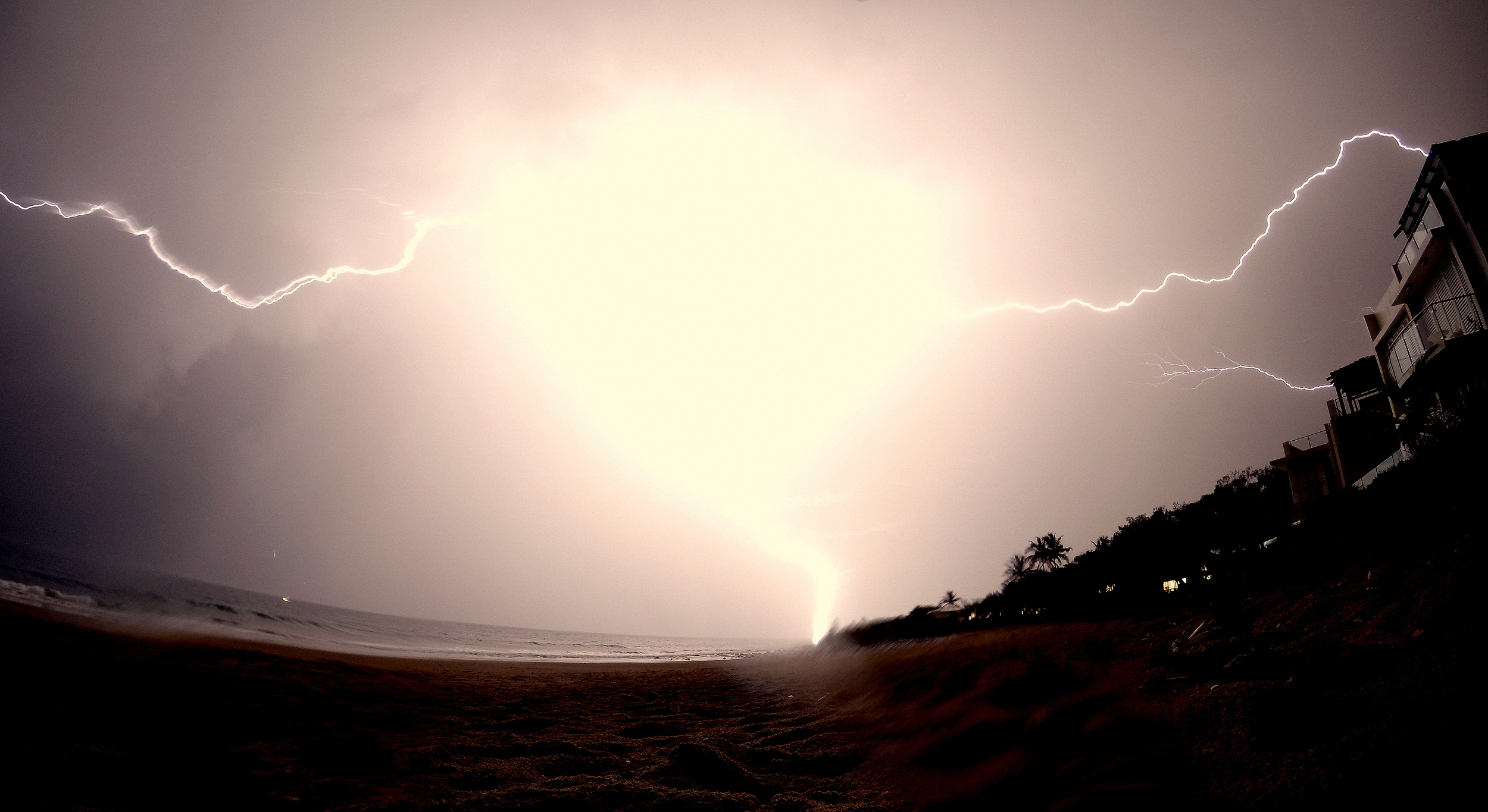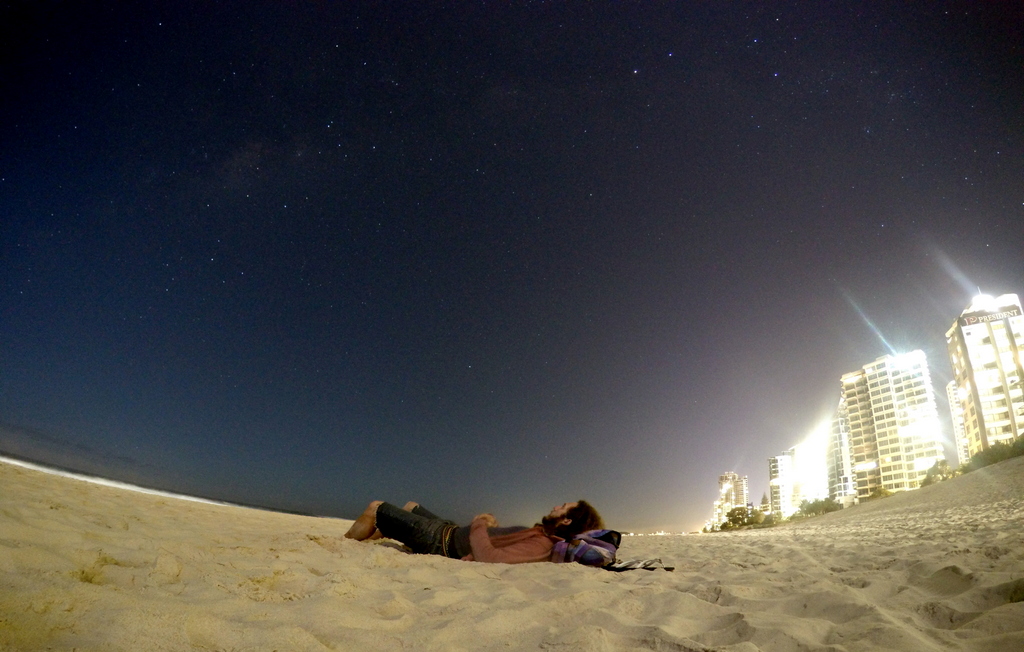Capturing Incredible Photographs On A Gopro - How To
Capturing Incredible Photographs On A Gopro - How To
The thing that has allowed me to share my adventure through some amazing pictures and videos is my beloved little GoPro Hero 4 silver.
That, and a tripod. I use a GorillaPod as it allows me to place the camera almost anywhere! It can be attached to the side of trees, placed on uneven rocks or even hold itself upside down if needed.
This photo was taken at a beach just after sunset down by the waters edge, using long exposure and low ISO settings.
A few things to understand for anyone who isn't sure:
- The ISO settings will allow you to control how sensitive your camera is to light. Basically the lower the number the less sensitive to light your camera is.
- The Exposure time will allow you to set how long your camera lets in light for, so for instance, photos of the stars and the Milky Way will need lots of light and normally require exposure times of around 30 seconds.
To take an awe-inspiring photo like our one above you will want to set your GoPro (or other suitable camera) on your mount at the water's edge and apply the following settings..
Exposure time: 30 seconds
ISO level: 100
White balance: Native
- You will only have a short window of time to take the pictures (about 10-15 mins) so make sure you are ready!
- Make sure you take a few pictures during the sunset while the light is fading. If the pictures come out too light just wait a few more minutes for it to get a tad darker.
- Import them onto your computer and apply a Black and White filter to add some impact and drama to your snaps!
When it comes to taking pictures of the Milky Way, things can be a little bit harder..
For starters you will need to be somewhere with low light pollution otherwise you will just pick up all the light from surrounding cities in your picture. LightPollutionMap is a great website that allows you to find areas with low light pollution, once you have found your spot and it's not a cloudy night, set your camera up on its tripod and use the following settings:
Exposure time: 30 seconds (or above if possible)
ISO level: 800
White balance: Native
- Point the GoPro in the direction of the Milky Way. It has a very wide field of view with its fisheye lens so there is little chance that you will miss things as long as you point the camera in the general direction!
- After importing to your computer you will want to play around with the photo for a while on a editing program, increasing the contrast and altering the saturation will bring out the colours of the milky way and really give it some omph!
- From what I have found the photo's come out better if you allow some foreground objects into the picture as well, a few trees will do the trick.
Ready for some more advanced tips? Check out this new updated article:
Wanna know how to take EPIC photographs?! Check out our short master-class :D https://t.co/hnrcpxCttB pic.twitter.com/GIUbpbpFX7
— Nomad'er How Far (@Nomaderhowfar) April 2, 2016
Now lets see what the video side of a GoPro can do! Here's what ours has seen while in Australia:
These are photo's I will always treasure, and always look back on in disbelief that I was able to take them. With a little practice and time, you too can be your own master of your camera, and creator of a stunning collection of photographic moments.






Thanks for reading!
Taran here, owner of Nomad'er How Far. I'm fond of psychedelic rock, photography & videography, anything to do with space and I'm also partial to the odd gaming session. Oh and I love to travel :P Get to know me here!
Be social and come follow me across the virtual world!
WANT MORE?






